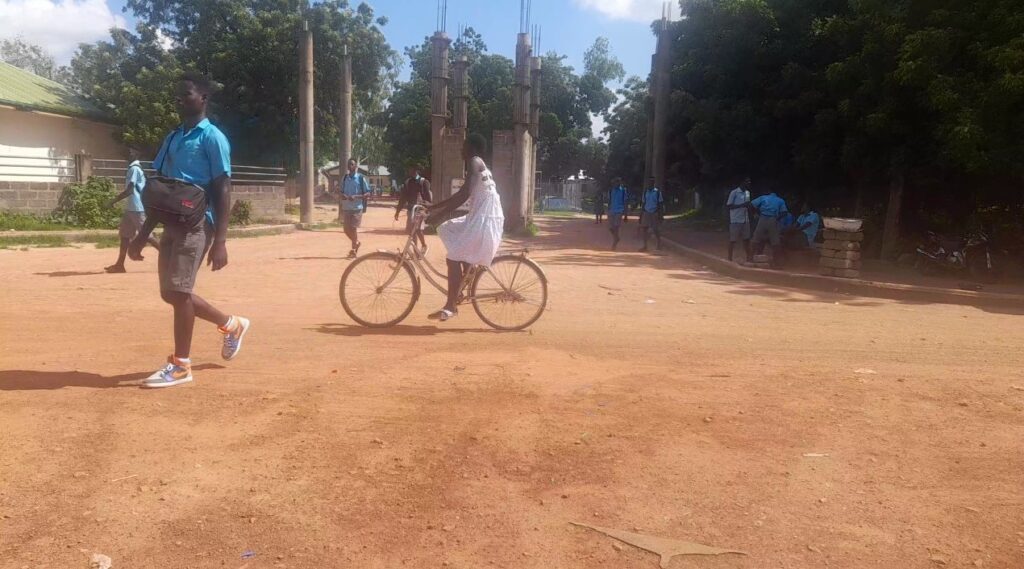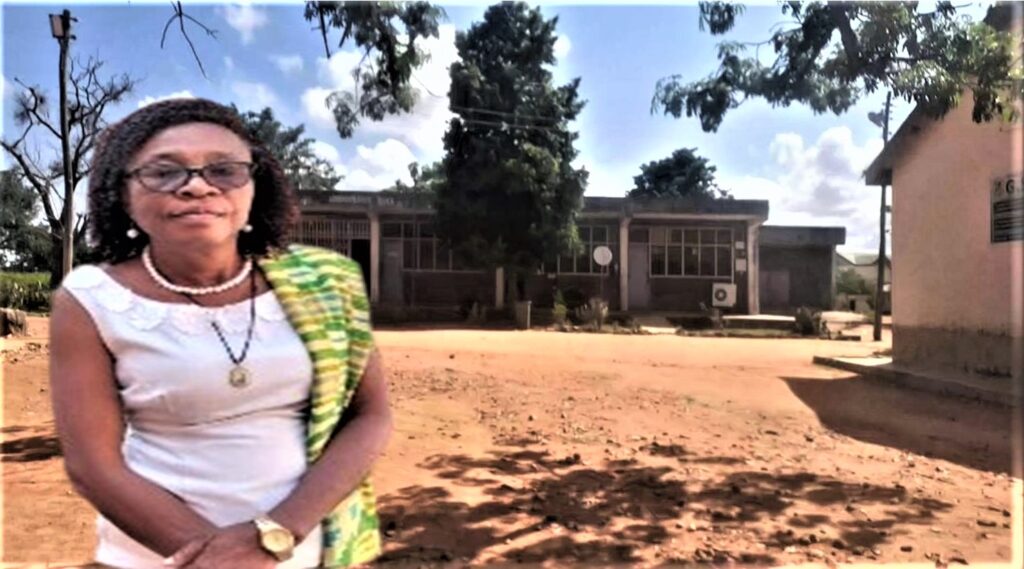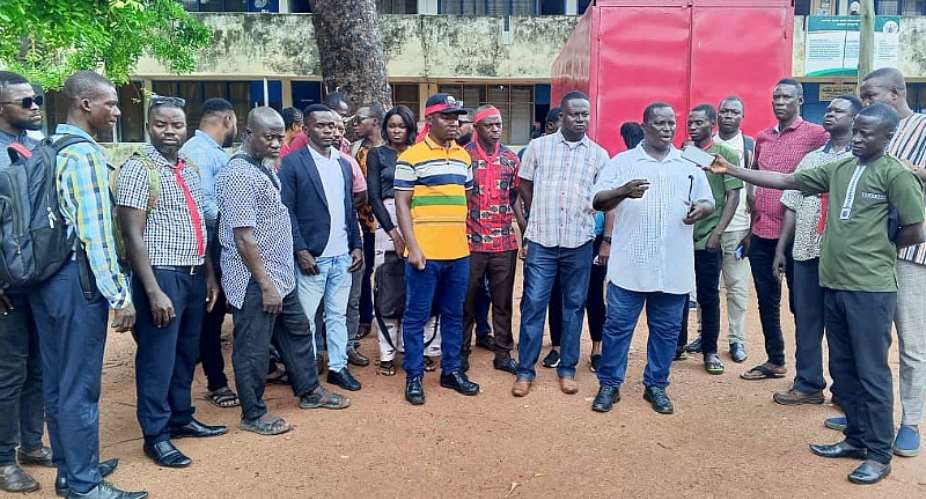It took about two weeks for a committee of inquiry to complete its investigation into the riot that broke out at Gowrie Senior High/Technical School on Wednesday, 26 May 2021.
After compiling its report, the 9-member team submitted the document to the Bongo District Education Directorate, the institution that set up the committee.
Some teaching staff of that deprived public school came together and approached the directorate for a copy of the report.
They were turned away.
The reason the directorate gave for not letting them in on the report was that the contents were not to be disclosed to the public. The applicants were teachers who did not like how the headmistress, Elizabeth Zinye Paaga, was running the school.
The headmistress was the only person in the school who got a copy of the report, according to information gathered later by Media Without Borders.
The teaching staff claimed the directorate was backing the headmistress and they believed the directorate did not want the contents of the report known to the public because the committee’s findings also linked her, among other individuals, to the riot.
Media Without Borders got hold of a copy of the report last week and, according to that document, four incidents triggered the riots as immediate causes.
The immediate and remote causes
The four incidents, listed on page 2 of the 22-page report, were a corporal punishment doled out by some teachers to a group of third-year students accused of beating a second-year student, seizure of mobile phones by school authorities, a punishment meted out to Art 3A students by the headmistress and punishment of the commander of the school’s cadet corps.

The committee also dug out eight underlying causes of the riot. They were sexual relationships among some teachers and some student girls, disregard for the guidelines regarding how students should be punished, delay in addressing a grievance letter written by students to the cadet patron and an alleged conflict between the cadet corps and some teachers.
The other remote causes were a corporal punishment meted out to the senior prefect, the vice president and the treasurer of the students’ representative council, the library prefect and the sports prefect in the presence of other students, uneasy relationship within the school’s management, uneasy relationship between the headmistress and other staff and alleged favouritism exhibited by some teachers in handling students’ grievances.
Committee’s findings against headmistress
Page 17 of the committee’s report casts light on how the headmistress’s style of administration led to a strained bond between her and some of the school’s staff— one of the underlying causes of the riot.
“The headmistress has a spontaneous and reactionary administrative approach, which revolves around rumours and suspicion of some key management members and staff.
“Her public use of unsavoury and derogatory comments on teachers who appear to have different shades of opinions from hers has resulted in a strained relationship between her and some of her staff,” the report revealed.
The report also made it known on that page that “some school management members confirmed open confrontation between the headmistress and some management members” and “teachers interviewed corroborated one form of open altercation between the headmistress and some of her staff members”.
Recommendations against headmistress
The committee subsequently recommended that the school’s board of governors, the district director of education and the regional director of education mend the reported poor relationship between the headmistress and her staff.
“The headmistress is advised to carefully investigate rumours of misconduct of any form by the staff and call members of staff privately to address such issues.
“The headmistress should conduct herself in a manner that all her staff can easily approach her,” the report added.

The late-night riot left a number of assets vandalised. They include the administration block, a classroom block, the new dining hall, the staff secretary’s bungalow, an assistant housemaster’s bungalow, the home science department block, the information and communication technology (ICT) structure, a dormitory block and a police car.
The committee’s report quoted the total cost of repairs and replacements of items damaged during the riot, excluding the transportation costs and sitting allowances for the committee’s members, as Gh¢91,607.
Current state of the school
The atmosphere at the school has been calm. But some teaching staff, more than forty in number, want the headmistress removed from the school.
The teachers staged a demonstration last month— on Monday, 29 July 2024— demanding her removal and withdrawal of the controversial transfer of their colleague, Francis Ayamga, from the school.

A well-known critic of the headmistress’s administration, Ayamga was transferred in June, this year, to Azeem-Namoa Senior High/Technical School, a faraway public school situated behind a bridgeless river in the district.
The transfer was foisted on him by the Upper East regional director of education, Bright Lawoe.
Many people believe the transfer is subtly associated with the riot in which Ayamga did not play any negative role and linked to his criticism of the headmistress’s handling of the school.
During last month’s demonstration, the angry teachers warned they would go on strike if their demands were not met.
They are yet to see those demands met— even as the committee’s report on the riot finds fault with the headmistress.
Source: Edward Adeti/Media Without Borders/mwbonline.org/Ghana




